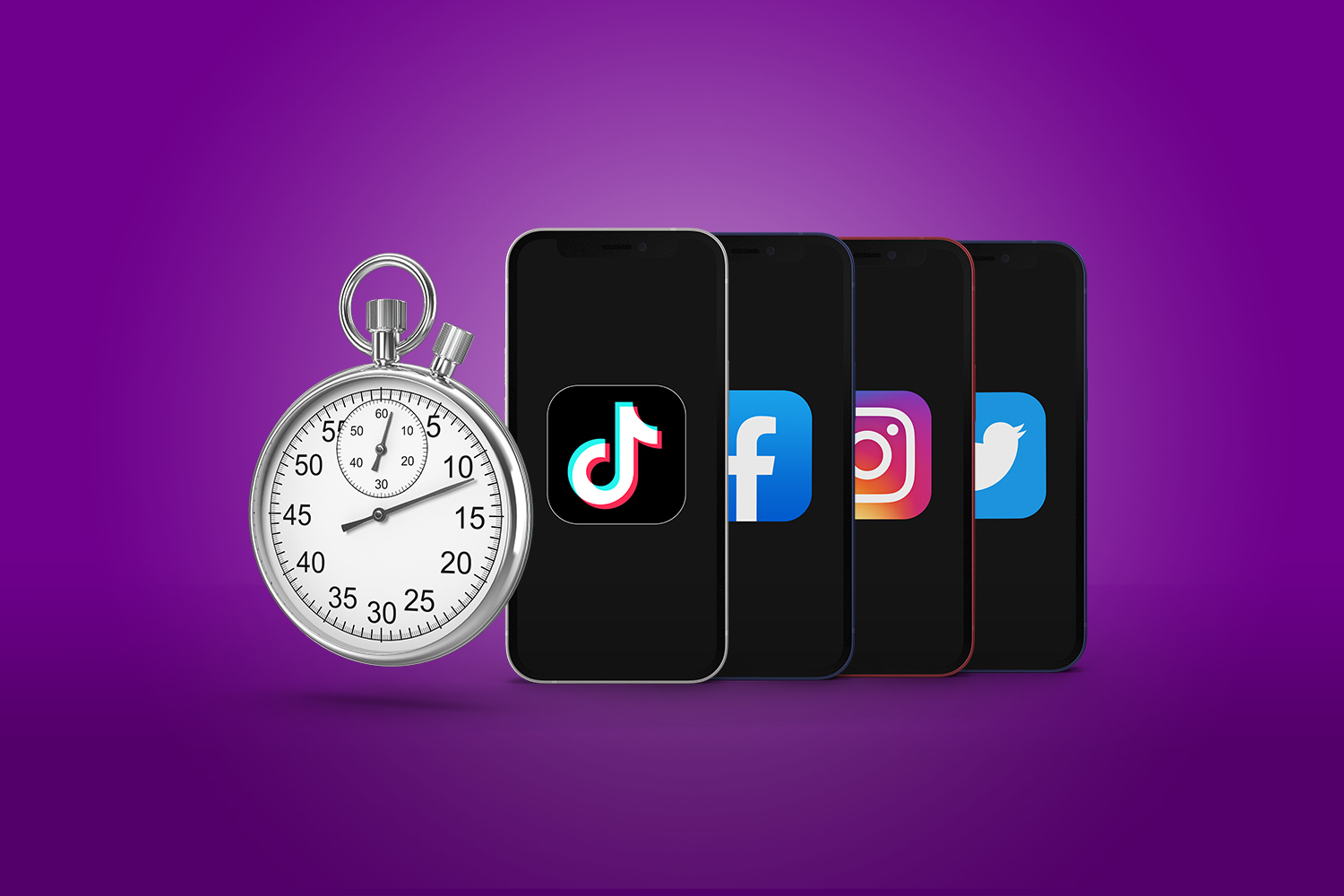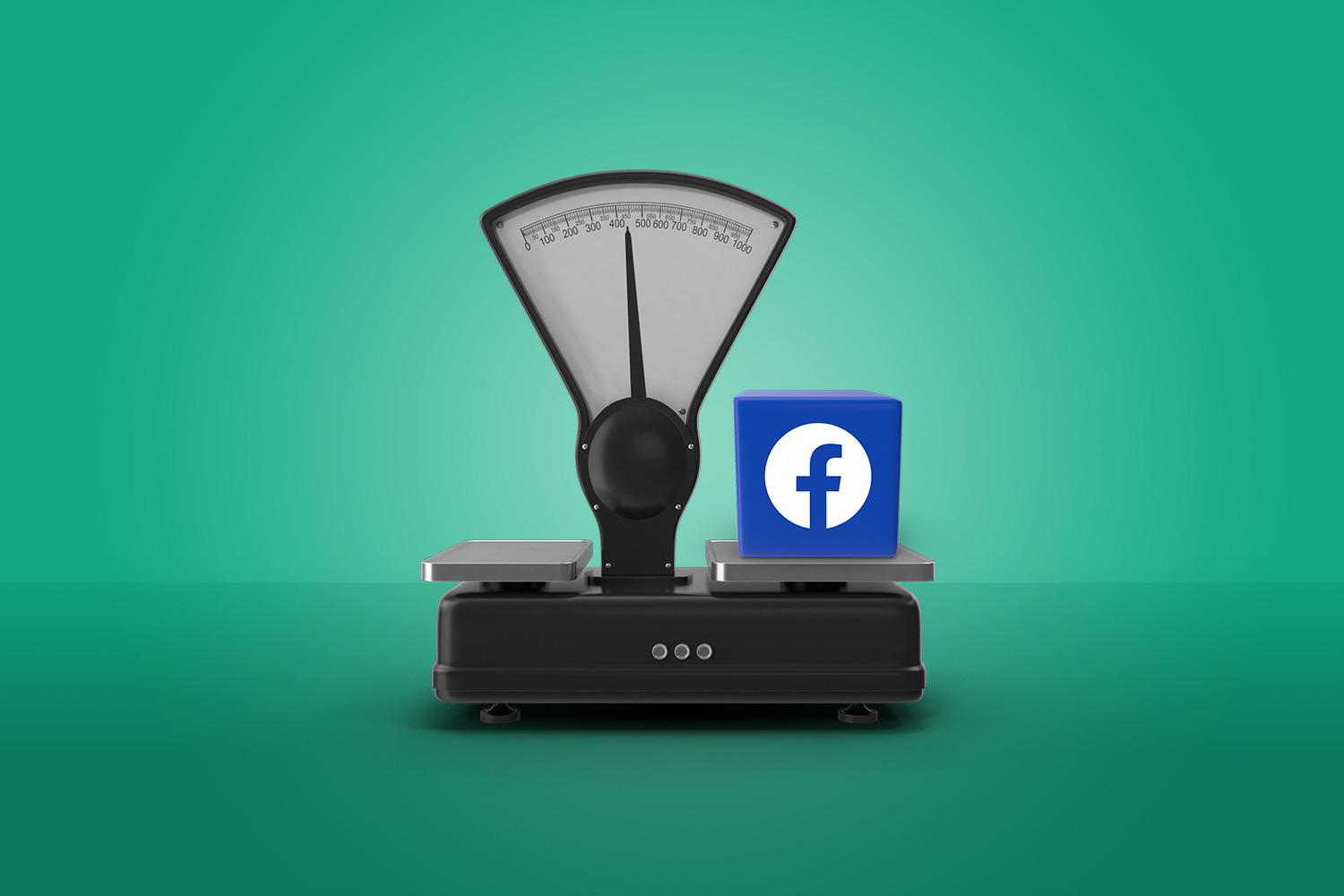There is no denying the popularity of TikTok among viewers of all ages. And while not every consumer is on TikTok, nor is it the place for every brand, there are many things that can be gleaned from it’s popularity. Like why it grasps users’ attention, and how principles used can inform content on other platforms.
The Basics of TikTok
While TikTok is the clear leader in short-form videos, it doesn’t have all of the capabilities many brands need to more thoroughly connect with their target audience. But what it does have is short, interesting content that is easily watchable on mobile.
Videos are often engaging in themselves, or joining in popular trends. At the onset of TikTok videos could only be 15 seconds long, although there are ways around that time limit now.
Animated Posts on Social Media
So just how does the TikTok format translate to other platforms? From organic posts to paid advertising, we’ve seen a significant increase of views and interaction when using movement in content. Best practices are to keep videos short, with special attention to ensuring the first three seconds will captivate your audience.
The easiest rule of thumb for this is to simplify the ad/post to the single most important message; something you would put if all you had was space for a static banner ad. That should be your first three seconds.
After that, keep the length to no more than 15 seconds unless your content really deserves something longer. Examples of longer content would be how-to videos or occasional announcements that need more in-depth explanation. The likelihood of your audience watching past the first 15 seconds of a standard ad or post is very low.
Best Ideas for Social Posts
Knowing what to post on social is really all about your audience. When you think about videos though, take another cue from TikTok. Not everything has to be high budget, but depending on your brand the level of refinement and company tone should be reflected.
It also doesn’t have to be a literal recorded video to watch. Animated illustrations, effects applied to still images, or other types of movement can all bring the same amount of engagement. Content can also vary, from product highlights or service information, to influencer content or shared videos from followers.
The best way to find out what works best for your brand? Start creating and sharing, and see what sticks. A major plus to social media is the ability to track successes and react quickly to feedback and data.


